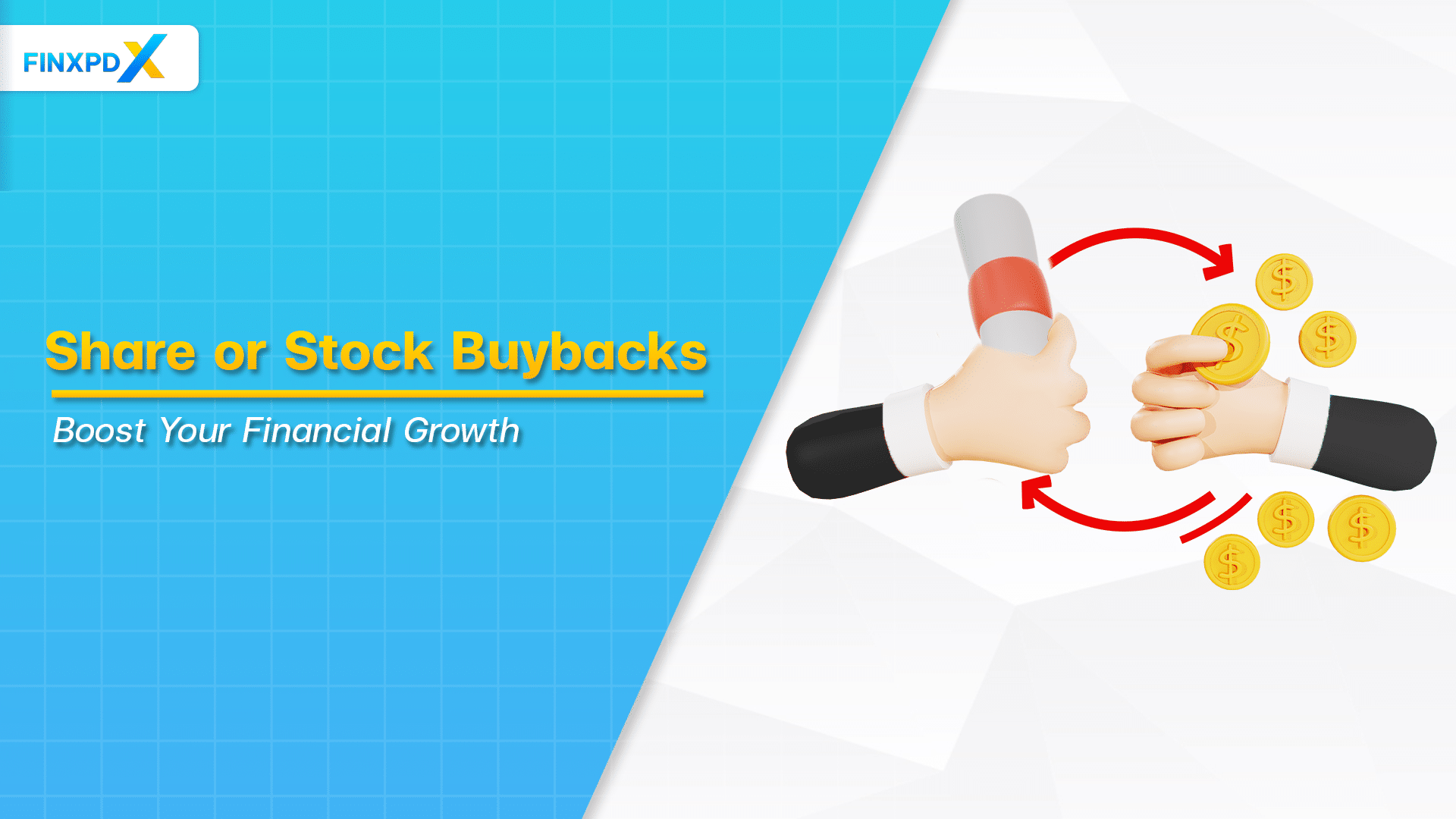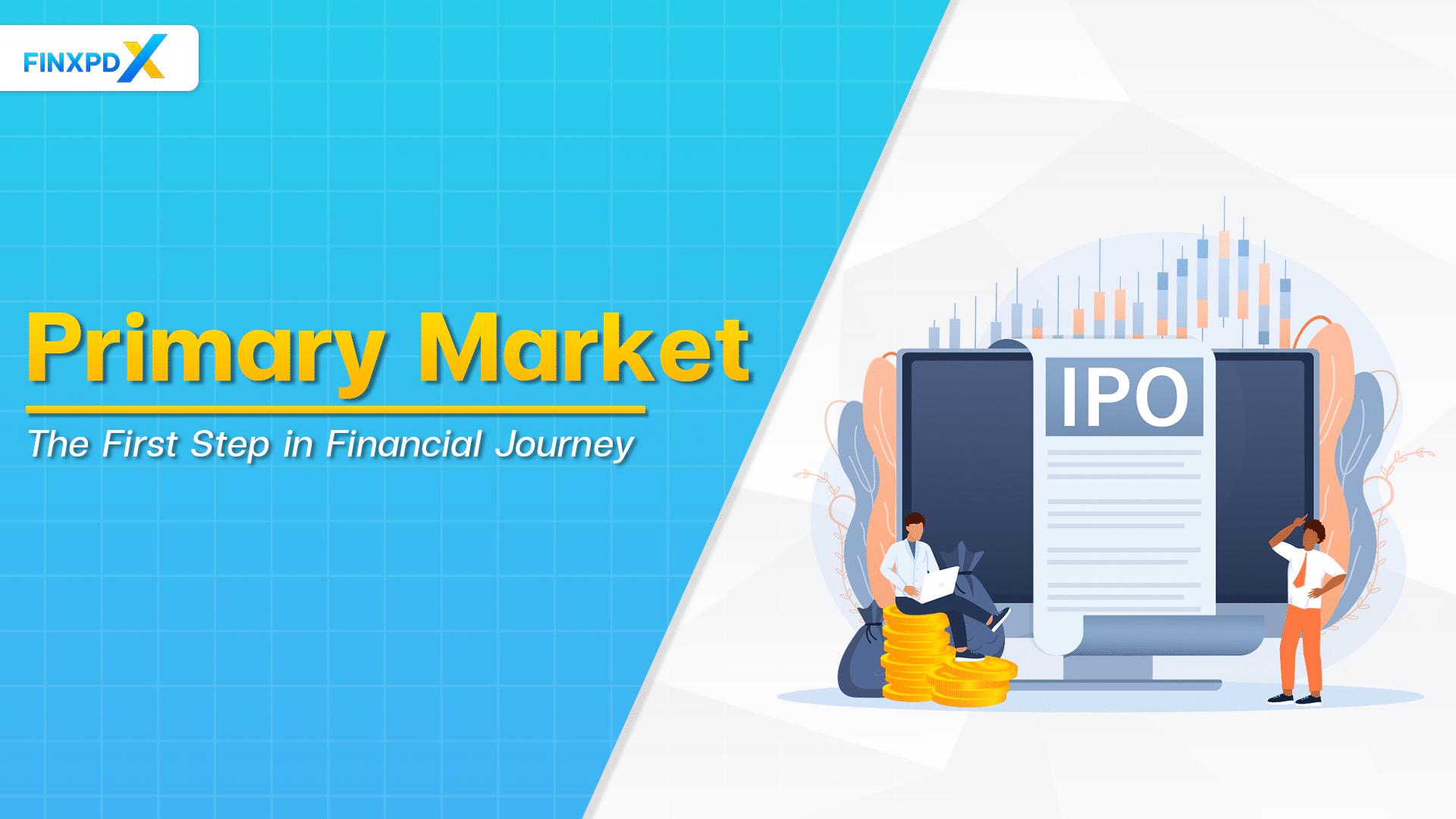In the complex world of corporate finance, share or stock buybacks have become a pivotal strategy for companies looking to enhance their financial health and reward shareholders. This process involves a company repurchasing its own shares from the market or directly from shareholders.
In this article, we will explore the definition of share or stock buybacks, the different types of buybacks, the reasons behind them, their impact on investors, and the pros and cons associated with this financial strategy. This knowledge can offer valuable insights and opportunities for making informed investment decisions.
What Are Share or Stock Buybacks?
Stock buybacks, also known as share repurchases, occur when a company purchases its own shares from the marketplace. This financial strategy can impact the company’s stock price, earnings per share (EPS), and overall market perception. Companies typically initiate buybacks to return value to shareholders, boost their stock price, or signal confidence in their own financial health.
In a share or stock buybacks, the company uses its available cash to buy shares from existing shareholders. These shares can either be retired, reducing the total number of outstanding shares, or held as treasury shares. By reducing the number of shares in circulation, each remaining share represents a higher percentage of ownership in the company.
Key Takeaways
- Share or stock buybacks are when a company repurchases its own shares from the market.
- Reducing the number of outstanding shares can increase the value of the remaining shares.
- Buyback of shares can boost share prices by increasing demand and reducing supply.
- Companies often use share or stock buybacks to increase the value of their shares, thereby offering higher returns for shareholders.
- Share or stock buybacks can be gained through open market purchases or tender offers.
Types of Share or Stock Buybacks
Share or stock buybacks can be executed in several ways, each with its own procedures and implications for the company and its shareholders. Understanding these different types can help investors and stakeholders understand companies’ strategic choices. Here are the primary types of share buybacks:
Open Market Purchases
Open market purchases are the most common method of share buybacks. In this approach, a company buys its shares directly from the stock market, similar to any other investor. These purchases are typically spread out over a period of time to avoid influencing the stock price too dramatically.
Tender Offers
In a tender offer, the company makes a public offer to buy back a specific number of shares at a predetermined price, usually at a premium over the current market price. Shareholders can then sell their shares back to the company at this price.
Dutch Auction
A Dutch auction is different from a tender offer. In this method, the company specifies a price range within which it is willing to buy back shares. Shareholders submit bids indicating the number of shares they are willing to sell and their asking price. The company then determines the lowest price at which it can buy the desired number of shares.
Direct Negotiation
In some cases, companies may negotiate directly with large shareholders or institutional investors to repurchase shares. This method is less common and typically involves large blocks of shares.
⚠️Tip: The company buying back the shares or stock in an open-market or tender offer pays all taxes on the buyback offer.
Why Companies Buybacks Their Share or Stock?
Companies engage in share buybacks for several strategic reasons. Here are five important motivations:
To Return Capital to Shareholders: Companies often use buybacks as an alternative to paying dividends. This allows them to return higher returns to shareholders without committing to regular dividend payments.
To Boost Earnings per Share (EPS): Buyback of shares can increase earnings per share (EPS) by reducing the number of shares outstanding. This makes the company appear more profitable and can attract more investors.
To Support Share Price: Buybacks may increase the price of shares, especially during periods of low demand or declining prices. This can help maintain investor confidence and stabilize the stock.
To Improve Financial Ratios: Reducing the number of shares outstanding can improve key financial metrics like return on equity (ROE) and earnings per share (EPS), making the company look financially healthier.
To Signal Company’s Future: When a company buys back its shares, it signals to the market that management believes the shares are undervalued and has confidence in the company’s future prospects. This can attract investors and boost the stock price.
How Do Share or Stock Buybacks Affect Investors?
Share or stock buybacks can significantly affect investors, influencing their investment returns and perceptions of the company’s financial health. Here are the primary ways buybacks impact investors:
Increased Share Value
When a company buyback of shares, the reduced supply can lead to an increase in the share price. This occurs because the total number of shares available in the market decreases, making the remaining shares more valuable. Higher demand for fewer shares often drives up the price.
Higher Earnings per Share (EPS)
The buyback of shares reduces the number of shares outstanding, which can boost the company’s EPS. Higher EPS can make the company appear more profitable, potentially attracting more investors and further driving up the share price.
Enhanced Shareholder Value
Companies can offer a tax-efficient way to enhance shareholder value by returning rewards to shareholders through buybacks instead of dividends. This is particularly beneficial for long-term investors who may prefer capital gains over dividend income.
Signal of Financial Health
A buyback program often signals that the company believes its stock is undervalued and has a strong financial position. This can boost investor confidence and lead to increased demand for the stock.
Mitigation of Share Dilution
Buybacks can help decrease the dilution of shares from stock options and other equity compensation plans. This helps maintain the value of existing shares and supports the stock price.
Potential Risks
While buybacks can boost share value, they also come with risks. Companies might spend excessively on buybacks at the expense of investing in growth opportunities or paying down debt, which can negatively impact long-term financial health.
Pros and Cons of Share or Stock Buybacks
This simple list format provides a clear and understandable summary of share or stock buybacks’ main advantages and disadvantages.
Pros
- Increased Share Value: Increase potential shareholder capital gains.
- Higher Earnings Per Share (EPS): Reduces the number of shares, increasing EPS.
- Tax Efficiency: Offer higher tax efficiency for shareholders than dividends.
- Signal of Confidence: Shows company confidence in its undervalued stock and financial health.
Cons
- Misuse of Funds: Excessive spending on buybacks instead of investing in growth opportunities.
- Short-Term Focus: Emphasizes short-term stock price increases over long-term business health.
- Market Perception: Consider frequent repurchases as signs of stability, reflecting the lack of higher investing abilities.
- Reduced Cash Reserves: Decreases cash reserves, potentially impacting future investments.
Conclusion
To summarize, share or stock buybacks are a strategic tool companies use to enhance financial health and reward shareholders. By repurchasing their shares, companies can increase share value, boost earnings per share (EPS), and improve financial ratios. This signals confidence in future prospects and provides a tax-efficient way to return capital to shareholders. On the other hand, buybacks have downsides, such as potential misuse of funds, short-term focus, and reduced cash reserves. Understanding buybacks and their impacts helps investors make informed decisions about a company’s strategic choices and shareholder value.
FAQs
Share or stock buybacks occur when a company repurchases its own shares from the marketplace. This reduces the number of outstanding shares, often increasing the value of the remaining shares.
Yes, stock buybacks can be beneficial for investors as they can lead to higher stock prices and increased earnings per share. However, the impact depends on the company’s overall financial health and market conditions.
The buyback of shares is usually announced through a press release or a filing with the Securities and Exchange Commission (SEC). The announcement will detail the buyback plan, including the number of shares and the timeframe for the repurchase.
You can determine if a company plans stock buybacks by checking their press releases, SEC filings, or financial news sources that track corporate announcements and buyback plans.
Stock buybacks can complement or compete with dividend payments. While buybacks reduce outstanding shares and can boost share value, they can also divert cash from dividends, potentially affecting the regular income shareholders receive.
Related Articles:
- Fractional Investment: Small Shares, Big Profit
- Allotment of Shares: Key Tactics for Asset Growth
- Delisting of Shares: The Journey From Public to Private
- Valuation of Shares: How Does It Important to Investor?
Read more: Stocks








